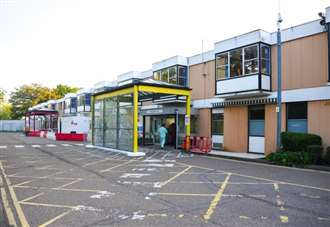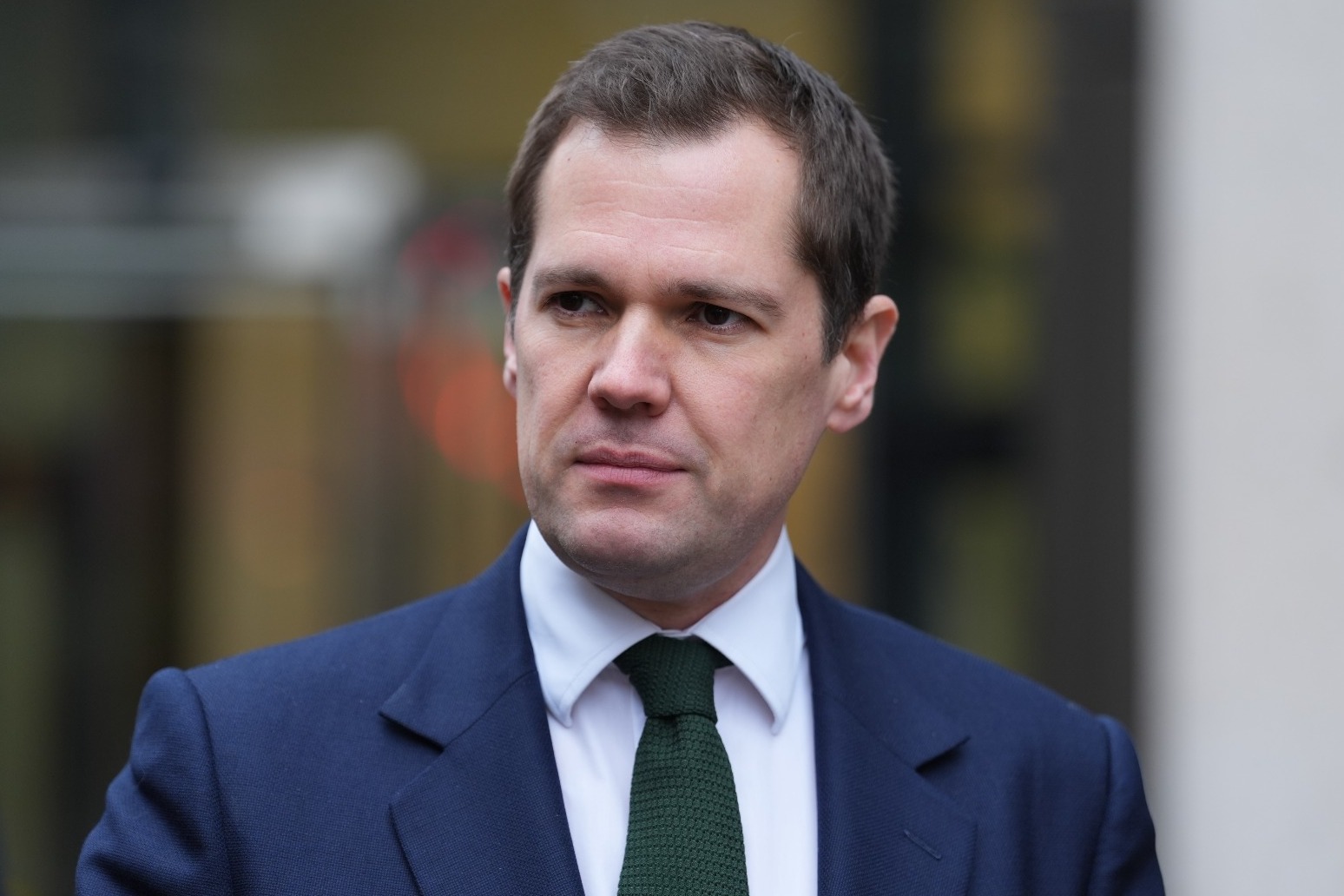
There is a “serious risk” that Lynn’s crumbling hospital could be forced to close before the new one is ready, it has been warned.
That is according to the Public Accounts Committee (PAC), a Government value watchdog, which has recently published a scathing report after an inquiry found that it had “no confidence” that the Government would deliver the new hospitals it promised.
Lynn’s Queen Elizabeth Hospital – which has previously been described as the most-propped hospital in the country due to the number of supports holding up its ceiling – is among the 32 that the report warns are “highly unlikely” to be rebuilt by 2030.
“If rebuilding of the seven hospitals constructed entirely of RRAC (reinforced autoclaved aerated concrete) is not sped up, some hospitals may have to close before replacements are ready,” the report adds.
Lynn’s QEH was added to the Government’s New Hospital Programme (NHP) back in May, after a case was put together for its £862m rebuild.
This will see a new multi-storey car park (MSCP) built near the entrance to the site, before the new hospital can be constructed on the current car park.
Dame Meg Hillier MP, chair of PAC, said: “The physical edifice that is the NHS is quite literally crumbling before our eyes.
“There was nothing inevitable about this heartbreaking crisis. It can be laid squarely at the door of the decision to raid budgets reserved for maintenance and investment in favour of day-to-day spending.”
She added: “We are now seeing the consequences of this short-termism visited on patients and services.
“In such circumstances, then, it is bitterly disappointing to report on the current state of the NHP.
“Quite aside from the fact that the planned new hospitals risk being too small for future purposes, funding does not even appear to be in place to construct them in time, all underpinned by failures of basic record-keeping and fresh and urgent concerns over RAAC.
“Though we have no confidence that the NHP will deliver on its current promises, we hope that the recommendations in our report help to get it back on track – for the sake of all citizens who desperately need the NHS to get well soon.”
Officials in West Norfolk – including those who were instrumental in pushing for the QEH to receive funding for a new build – have described the comments in the report as “really worrying”, while another said that “scaremongering by anyone helps no one”.
Jo Rust, secretary of the King’s Lynn and District Trade Unions Council, which was the lead campaigner and funder of the Save The QEH campaign, said: “It’s clear to the local public that the future of our local hospital faces a significant risk of having to close before the replacement is ready.”
Mrs Rust, who is also an independent West Norfolk councillor and cabinet member for people and communities, said the reasons for this were revealed at a public engagement meeting held in August.
At that meeting, the QEH’s executive team explained that both phases of the MSCP must be up and running by January 2025, to allow the new hospital building work to start by January 2026, she added.
“But in a recent ‘Modernising our Hospital’ newsletter, it was stated that the work on the MSCP wouldn’t start until mid-2024. So far there has been no funding released to start this work.
“Even with modern methods of construction, the late start date of the MSCP means it’s unlikely to be ready by January 2025.
“Coupled with this is the fact that the standardised design, which we will be following, has yet to be finalised. Neither has the much-lauded Hospital 2.0. This will push back the new hospital commencement.
“We have been told throughout that there is no ‘Plan B’ and that we are on a burning deck with 2030 being that cut-off date.
“It’s evident that the Save the QEH campaign group will need to regroup and take stock with a view to restarting our campaign to bring pressure on the politicians to get the funding released.”
West Norfolk Council leader and independent councillor Terry Parish said he would be writing to West Norfolk’s MPs and the Secretary of State for Health Victoria Atkins for assurances that the hospital would not be delayed.
“This is really worrying news. There is an established and urgent case for a replacement for the Queen Elizabeth Hospital and for a Government committee to state so clearly that it has ‘no confidence’ in the commitment to deliver the 40 hospitals promised is a matter of great concern,” he said.
“I hope that the Government pays due regard to comments and criticisms made by its own House of Commons Public Accounts Committee.”
Rob Colwell, Liberal Democrat borough and county councillor, echoed these sentiments.
He said: “I’m genuinely worried that this lack of action will mean that completing any new QEH hospital in time before the fail-safes shelf life expires will be very tight.
“To also read the comments that the Hospital 2.0 plans will be too small for communities is also a massive concern.
“To build presuming a 95% bed occupancy rate is naive and allows little give in the system should we be placed with a crisis. Just look at the pressure under Covid.
“Finally the affordability comments made seem to indicate that the money allocated could be insufficient. All in all this report does not make good reading and I’m worried I might have to dust off the community protest banner, as I don’t trust this government to deliver.”
Charles Joyce, leader of the Labour Group on West Norfolk Council, had a different perspective.
He said: “Everyone agrees a replacement hospital for the QEH needs to come as soon as possible, but scaremongering by anyone helps no one.
“Locally Labour is willing to work with all to help the QEH reduce the time patients stay in hospital and provide badly needed respite care for others.
“As council leader Terry Parish has already approached Liz Truss who is showing support for a project that could go a long way to bringing just that into reality. Others will need to come on board, but the seed is germinating.”
Other councillors across the political spectrum were approached for comment, but responses had not been received at the time of writing.
The QEH declined to comment on the PAC’s report.














